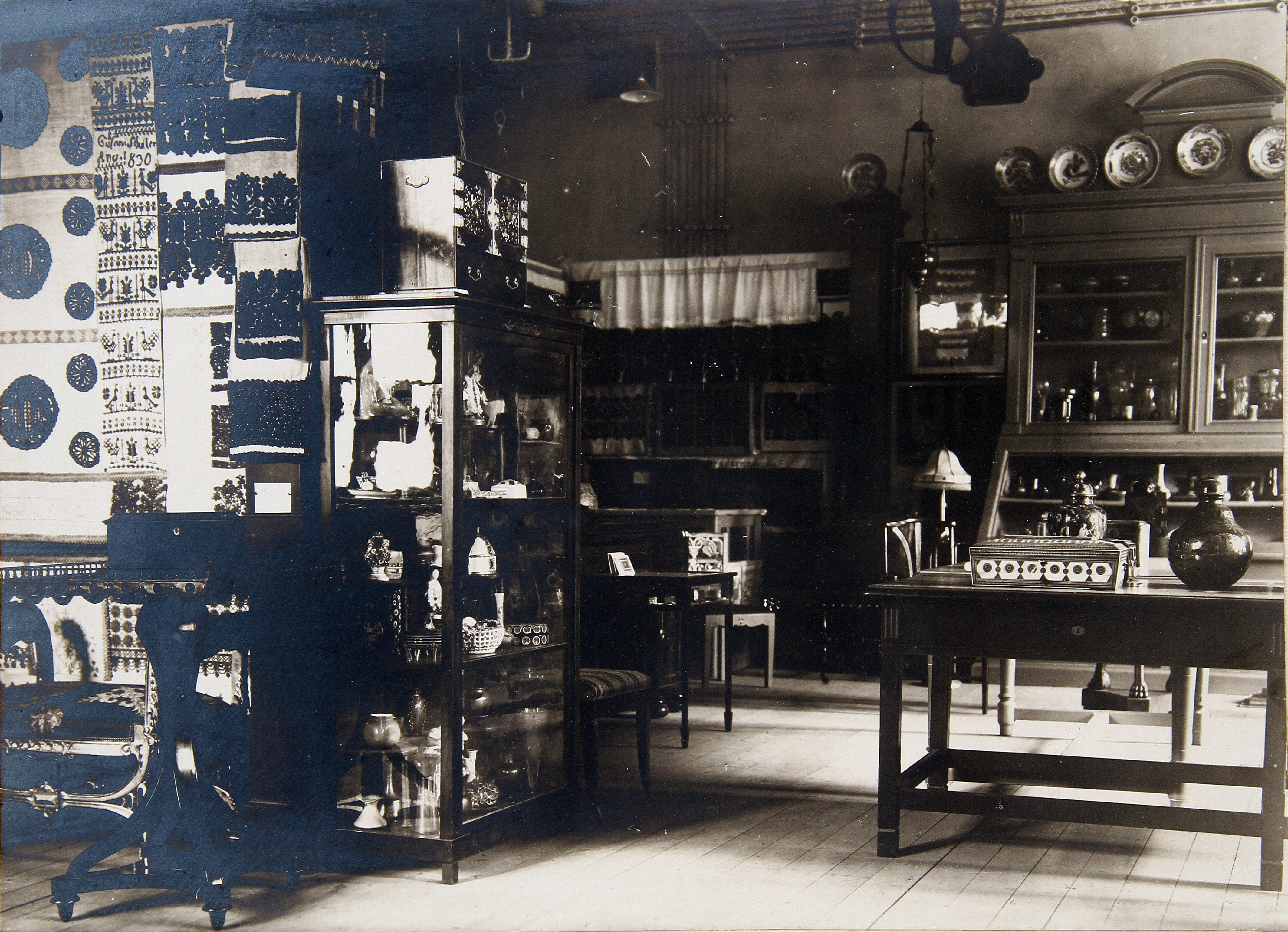
Events
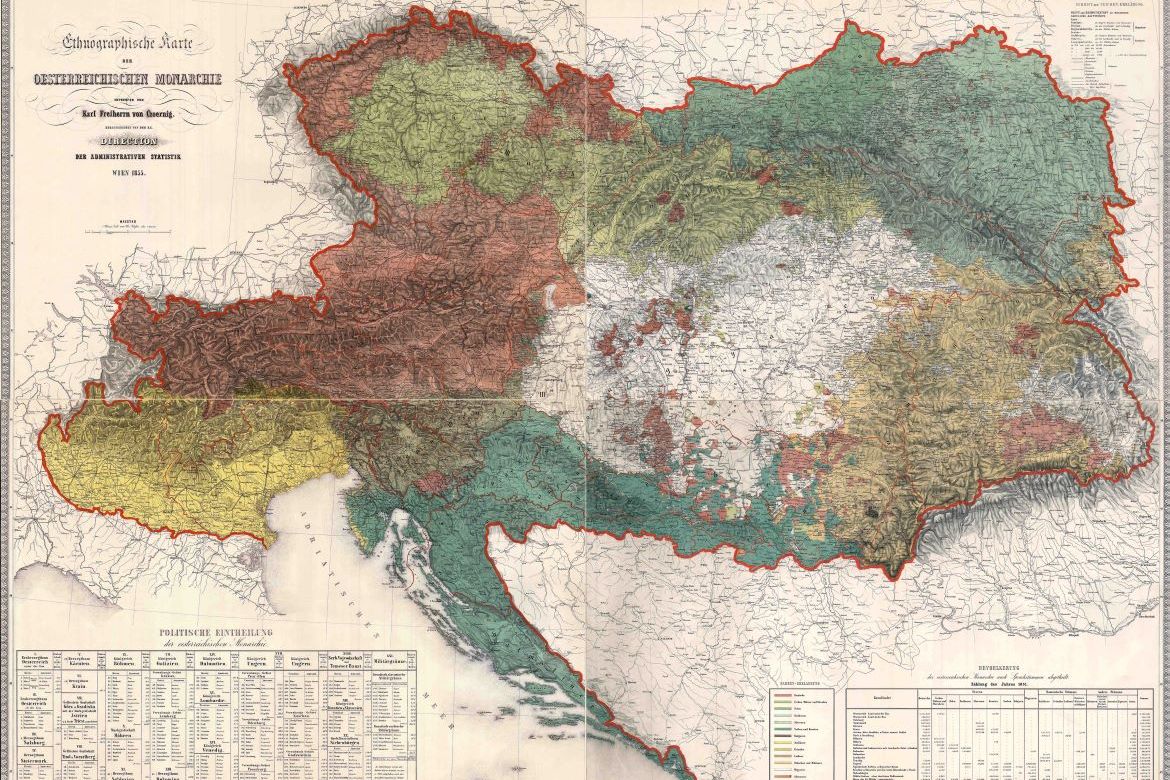
- Details
165th Anniversary of Establishment of the Royal and Imperial Central Commission
for Preservation and Research of Artistic Heritage (1853 – 2018)
The international scientific conference seeks to commemorate the beginnings of institutional monument protection in Central Europe. On 10 January 1853, the Imperial and Royal Central Commission for Preservation and Research of Artistic Heritage started to operate. Thus began the actual practice of modern monument protection in the Habsburg Monarchy, and its continuity lasts to this day. The Central Commission intervened in all the Crownlands and left traces of its conservation and research work in each of them.
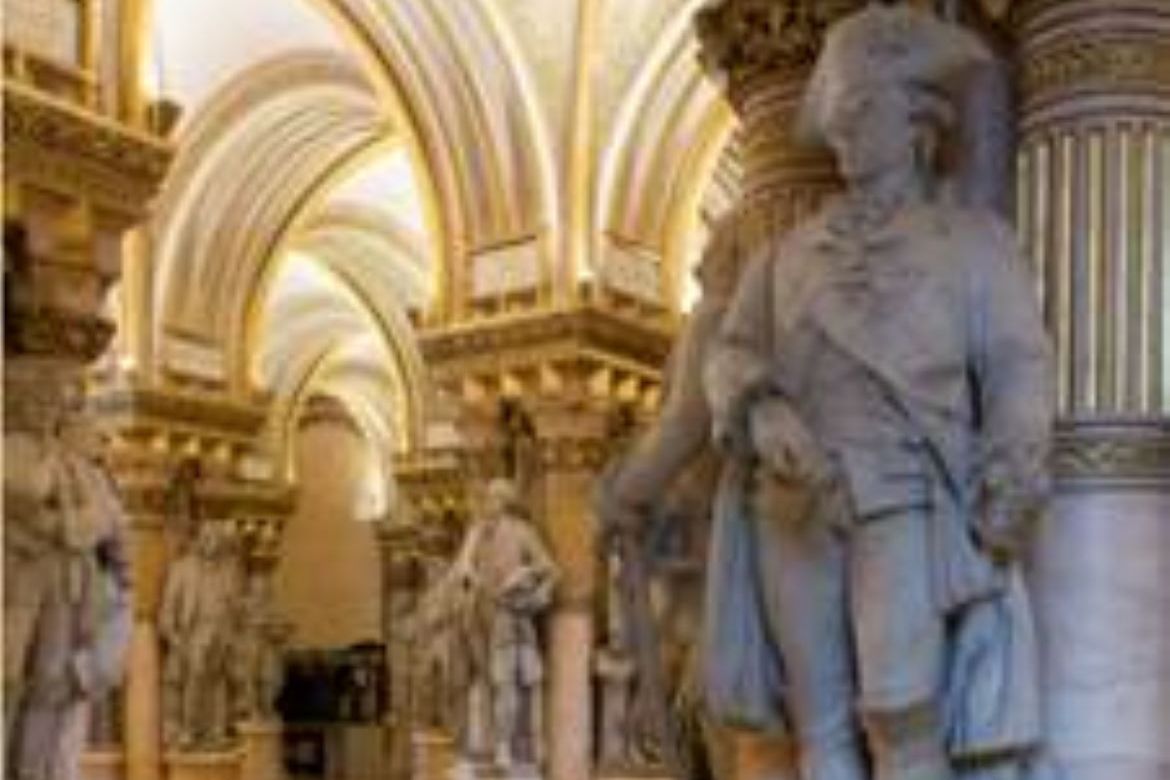
- Details
The workshop entitled Visualization of transnational networks in and between the artistic centers of the Habsburg monarchy – using the example of sculpture around 1900 will take place in Vienna on October 5th and 6th 2018. The workshop will be splitted in two sections. For the first one some experts will present their research on sculpture of the 19th century. In the following section the organizers would like to shed light on different models of digitalization, in order to find a platform, which allows them to synthesize our research.
A colleague of our institute, Gábor György Papp will present a lecture entitled The Millennial Monument in Budapest as the carrier of memory, national identity and self consciousness.
- Details
Male Bonds is a two-day international conference that will take place in the Museum of Fine Arts, Ghent, Belgium, on Tuesday May 15 and Wednesday May 16, 2018. Our colleague, Éva Bicskei is going to participate in the event with her lecture entitled: An alliance of virtue: Masculinity, self-reformation, and public actors in Hungary in the Reform Age.
The conference is organized by Ghent University and the European Society for Nineteenth-Century Art (ESNA) ; in cooperation with the University of Antwerp and the Museum of Fine Arts, Ghent ; and with the support of the Research Foundation – Flanders (FWO), of Radboud University’s Institute for Historical, Literary and Cultural Studies, of the Dutch Postgraduate School for Art History (OSK) and of the Netherlands Institute for Art History (RKD).
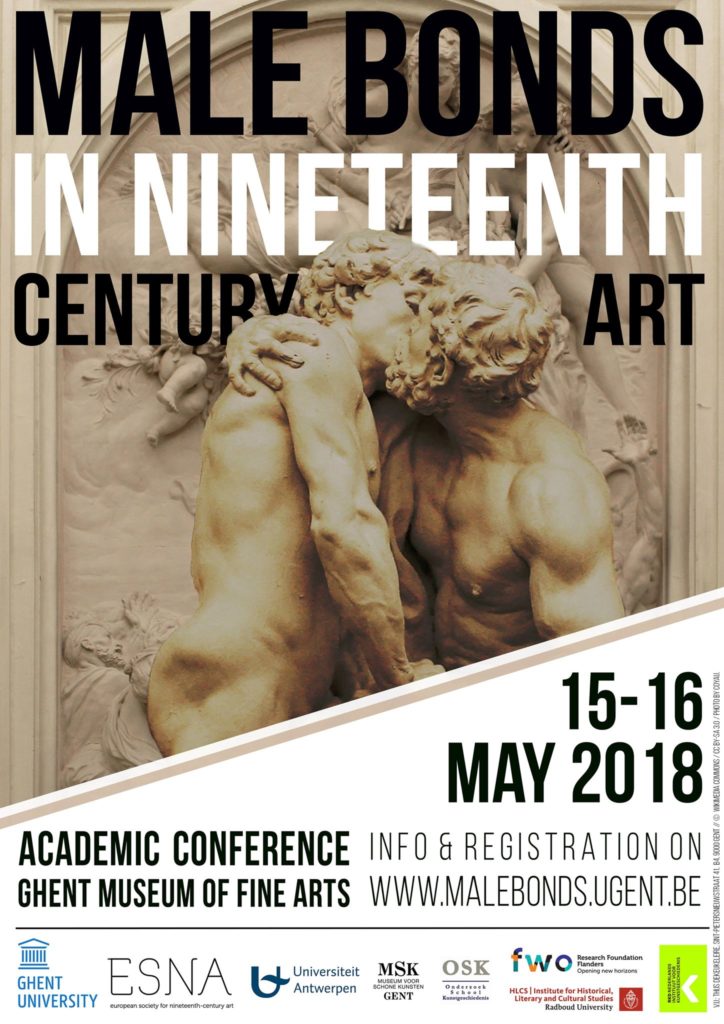
The conference will probe, challenge and expand upon the academic narrative of male homosociality through the lens of art history. It aims to establish an overview of a variety of male bonds that underpinned nineteenth-century art, and to consider the theoretical and methodological implications of the study thereof. In so doing, it seeks to build a bridge between traditional art-historical scholarship and the fields of gender and gay and lesbian studies: an interdisciplinary exchange of which the full potential for scholarship on the nineteenth century remains to be exploited.
- Details
The "Encyclopedia of Romantic Nationalism in Europe" (http://ernie.uva.nl) brings to fruition a major collaborative enterprise, involving 350 authors and covering countries and nationalist movements from Iceland to Azerbaijan. CEU has been an important collaborator in this project, which was funded by the Spinoza Award, the premier scientific prize in the Netherlands. CEU functioned as a Central-European hub for the Encyclopedia's transnational macroregional scope and as a collaborator in the developing field of comparative and transnational history.
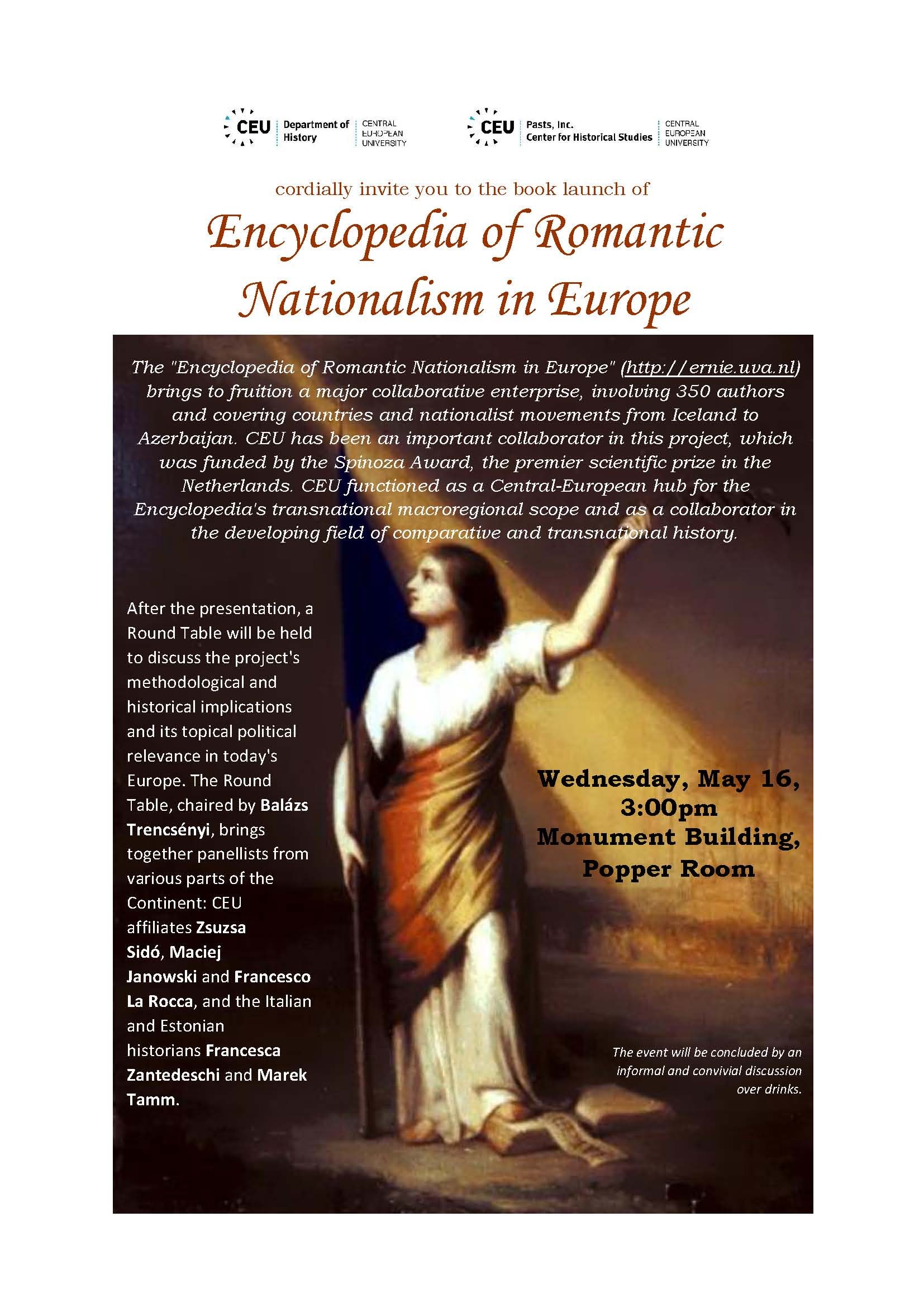
After the presentation, a Round Table will be held to discuss the project's methodological and historical implications and its topical political relevance in today's Europe. The Round Table, chaired by Balazs Trencsenyi, brings together panellists from various parts of the Continent: CEU affiliates Zsuzsa Sido, Maciej Janowksi and Francesco La Rocca, and the Italian and Estonian historians Francesca Zantedeschi and Marek Tamm.
- Details
It is well known that the South Kensington Museum provided the model for the establishment of museums of design and industry across Austria-Hungary. Yet how closely were its practices emulated, and how did they change once the idea of the design museum encountered local priorities and contexts? This workshop brings together curators and researchers from museums in the former Habsburg territories with researchers from the Leverhulme-funded project Exhibiting National and Imperial Identities at the University of Birmingham to discuss this question. Miklós Székely, research fellow of the insititue will present his recent researches on the Museum of Industry of Kolozsvár/Cluj Napoca (1887-1918). For the program please click here.
- Details
As part of the project Sustainable protection and promotion of the Art Nouveau heritage in the Danube region, the Budapest Museum of Applied Arts is pleased to invite you and your partner to the conference and workshop Restoring Art Nouveau. Mr. József Sisa, former director of our institute will chair the morning session. In the conference section, experts from many fields will present examples of successful Art Nouveau building restorations and the protection of Art Nouveau heritage at various points in the Danube region, while the workshops deal with technical questions of restoration.
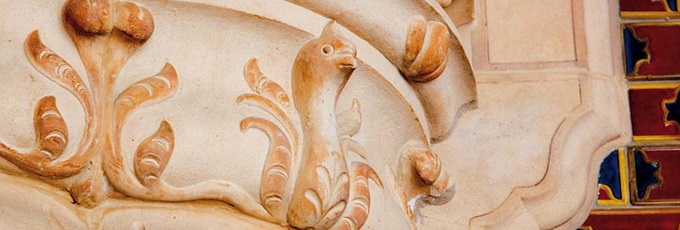
- Details
Gábor György Papp, research fellow of our institute is going to present his paper entitled Otto Wagner and the National Architecture in Hungary at the international conference Modern Capitals and Historical Peripheries - Central Europe from the Perspective of Contested Modernities organised by the Institute of Philosophy, Research Centre for the Humanities of the Hungarian Academy of Sciences within the framework of the bilateral research project of the Lithuanian and Hungarian Academies of Sciences on Saturday, October 20th, 2017; 4 Tóth Kálmán Street, 1097 Budapest. For the full programme of the event and abstracts please click here.
- Details
The conference aims at discussing the image of the Roma in the history of art, in order to yield an overview from the earliest identified depiction of the Roma to the twentieth century. The conference examines the modes of representations developed by European artists to depict the Roma foreigners in European cities, first by the Northern German, and later the European Renaissance and Baroque art traditions; and it discusses the development of the specific iconographical types, in order to show theprocesses of differentiation, othering, demonization and abjectification in European visual history. The panels of the conference on the 19th and 20th century put a special emphasis on Central and Eastern Europe. We hope that this event will lead to a paradigmatic change in the research and interpretation of Roma representation in art.
The conference is organised by the Goethe-Institut Budapest, the Visual Art Section of RomArchive – Digital Archive of the Roma, the Research Group of Critical Theories at the Institute of Art History of the Hungarian Academy of Sciences and the European Roma Cultural Foundation. Conference Venue: Goethe-Institut Budapest (Ráday u. 58. Budapest) The language of the event is English. Presentations in German in Session 1 will be translated into Hungarian. For the conference program please click here.
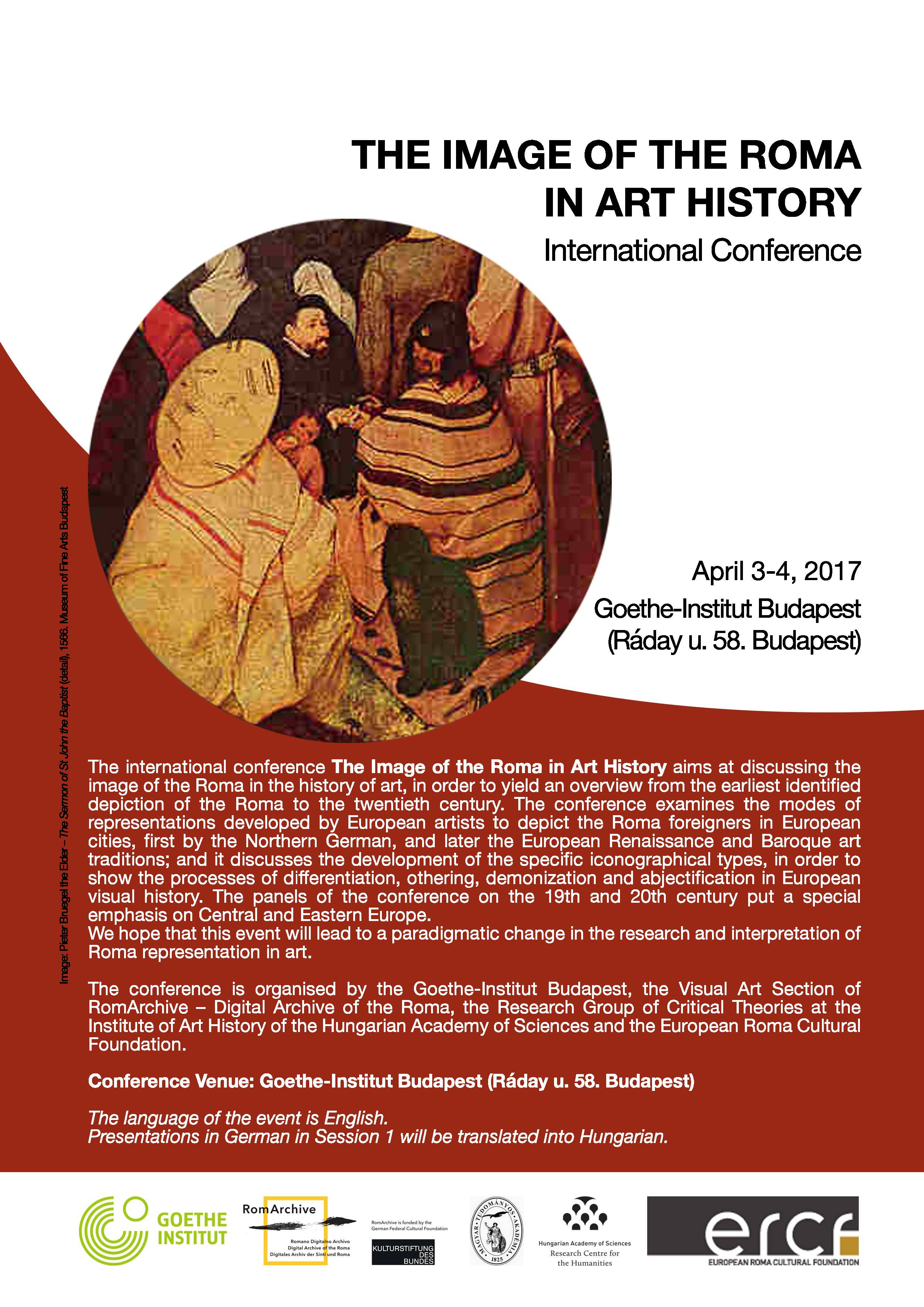
More Articles …
- The Central-European City: Historical Perspectives
- “Motherland and Progress” - A Concise History of Hungarian Architecture and Design 1800-1900
- Visualizing Ideology: Art, Culture, and Politics in the Cold War Era
- Lechner: International conference on the occasion of the 100th anniversary of Ödön Lechner’s death



